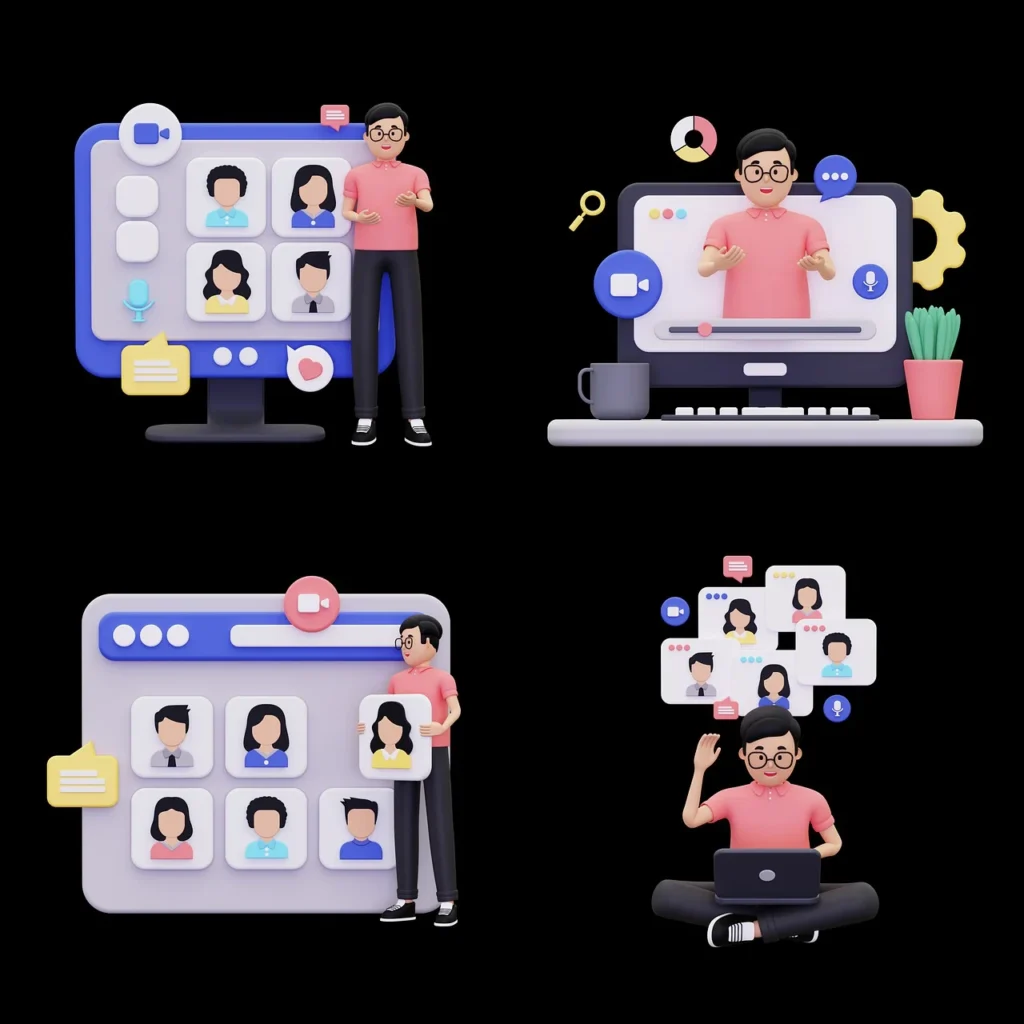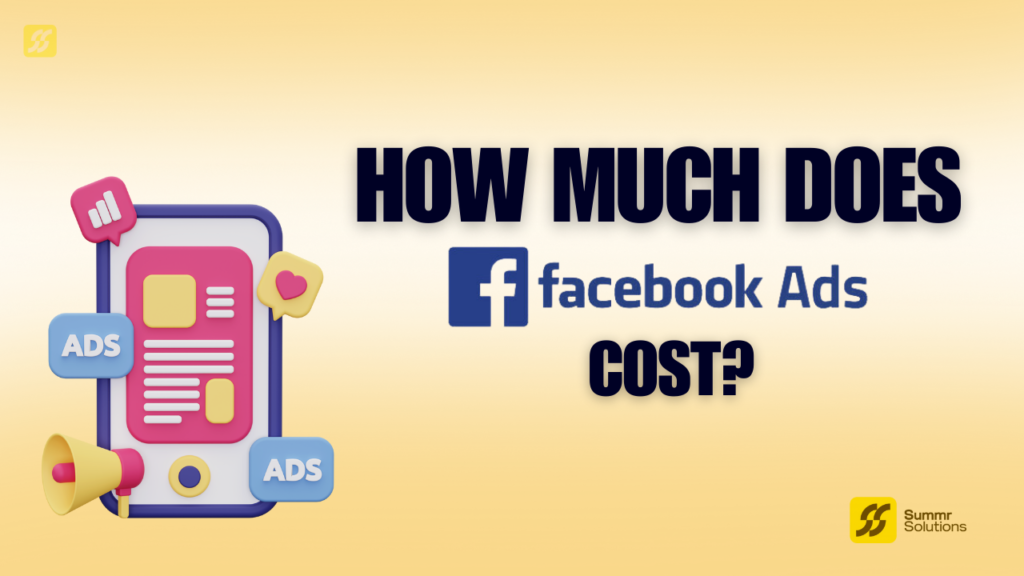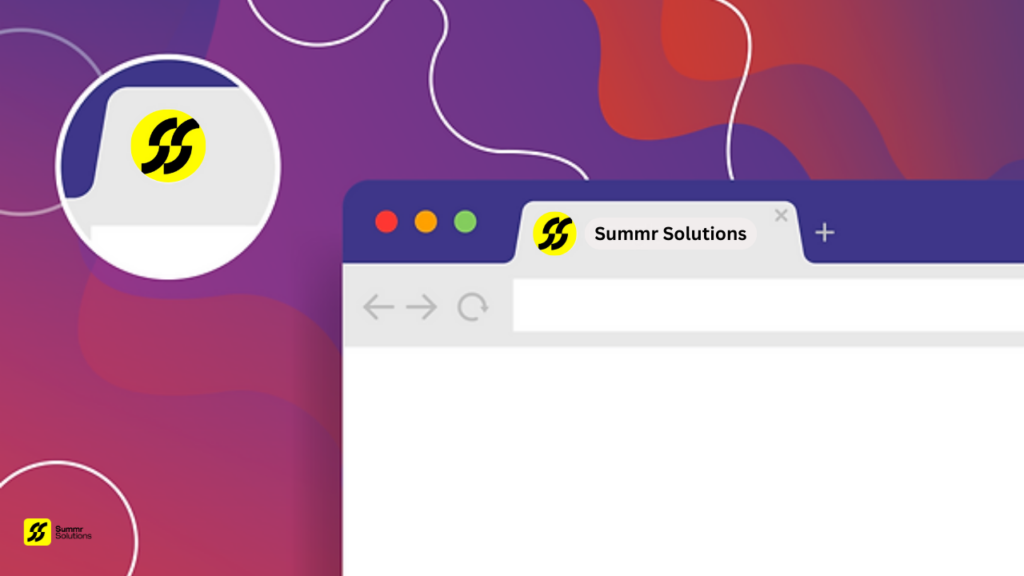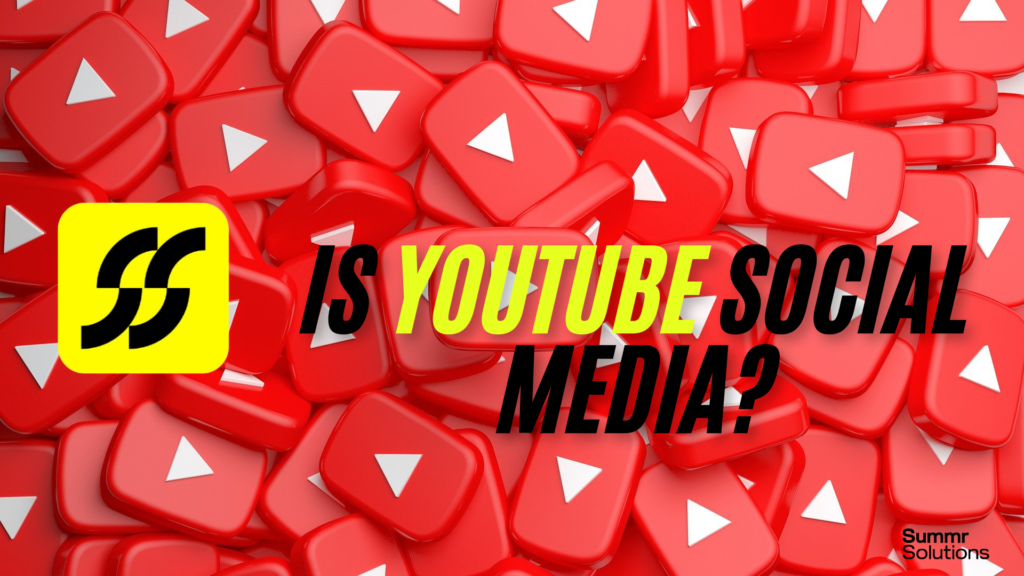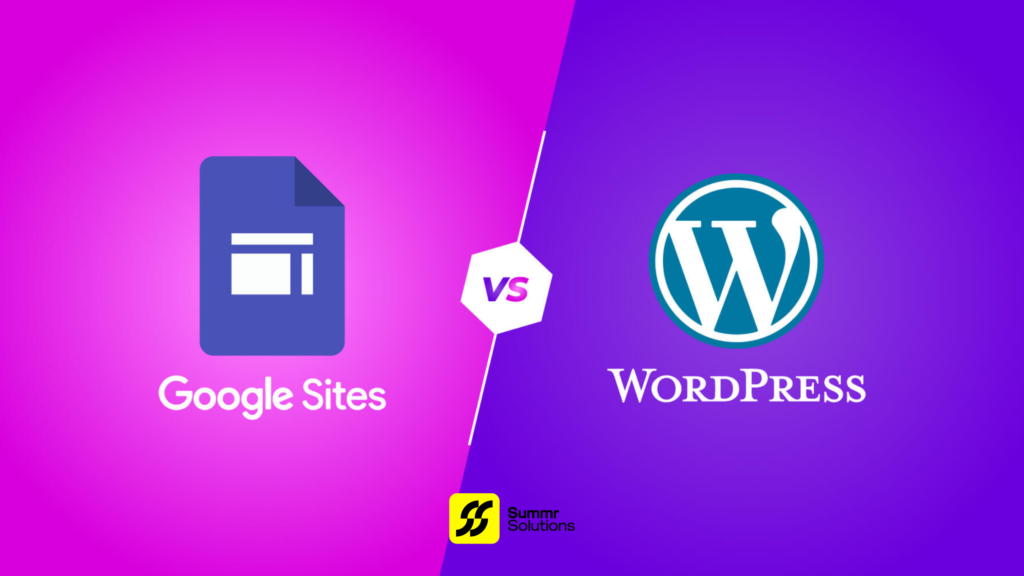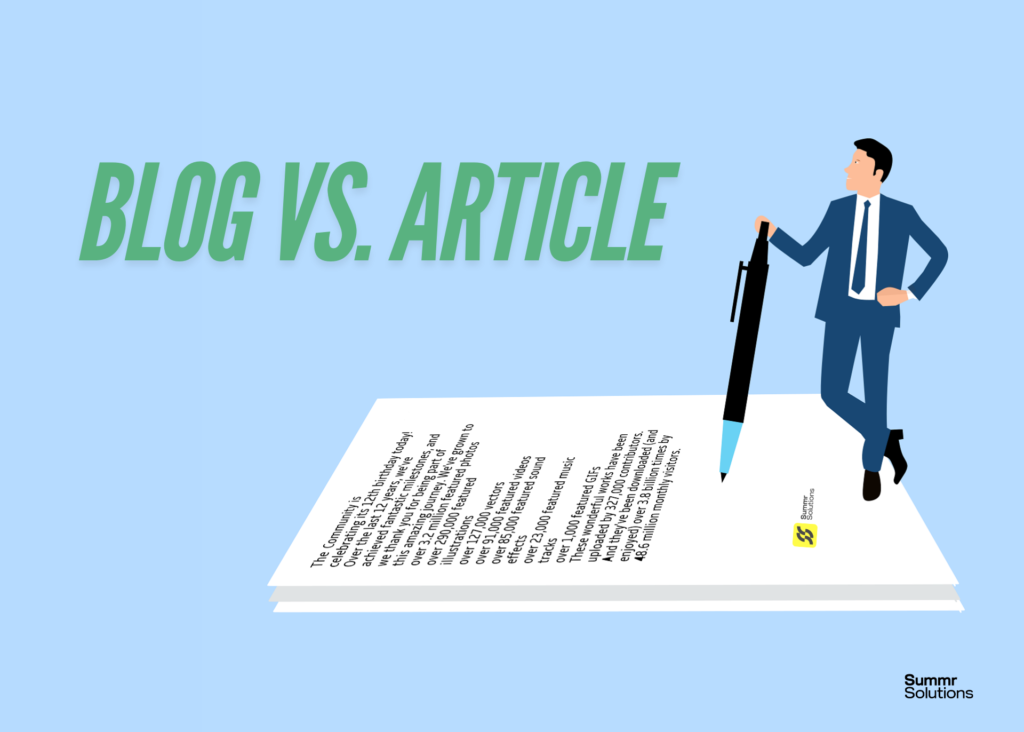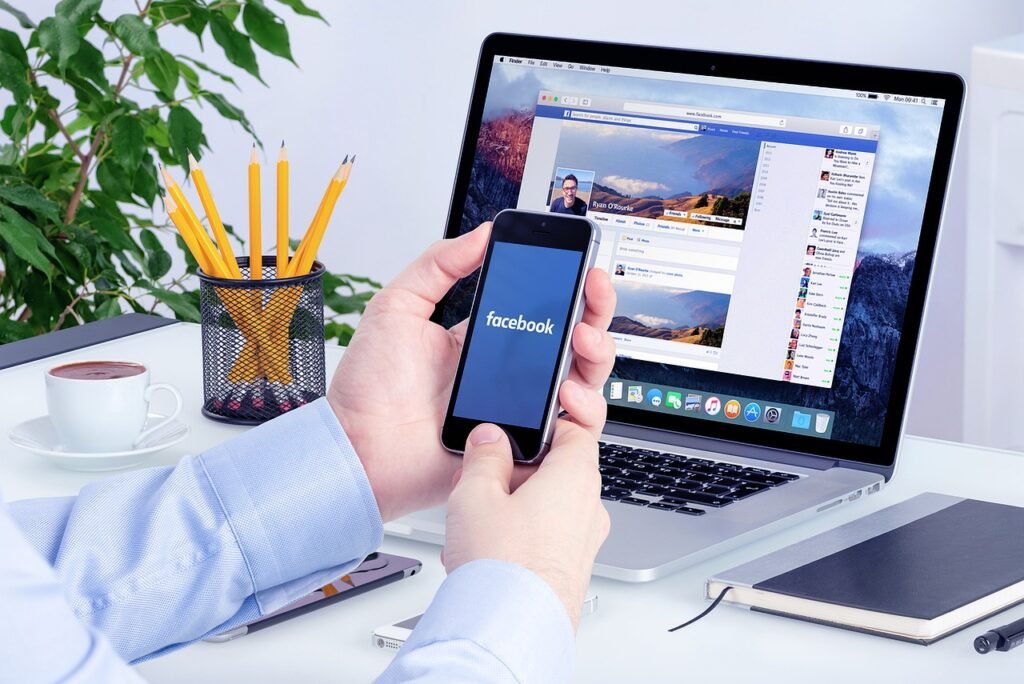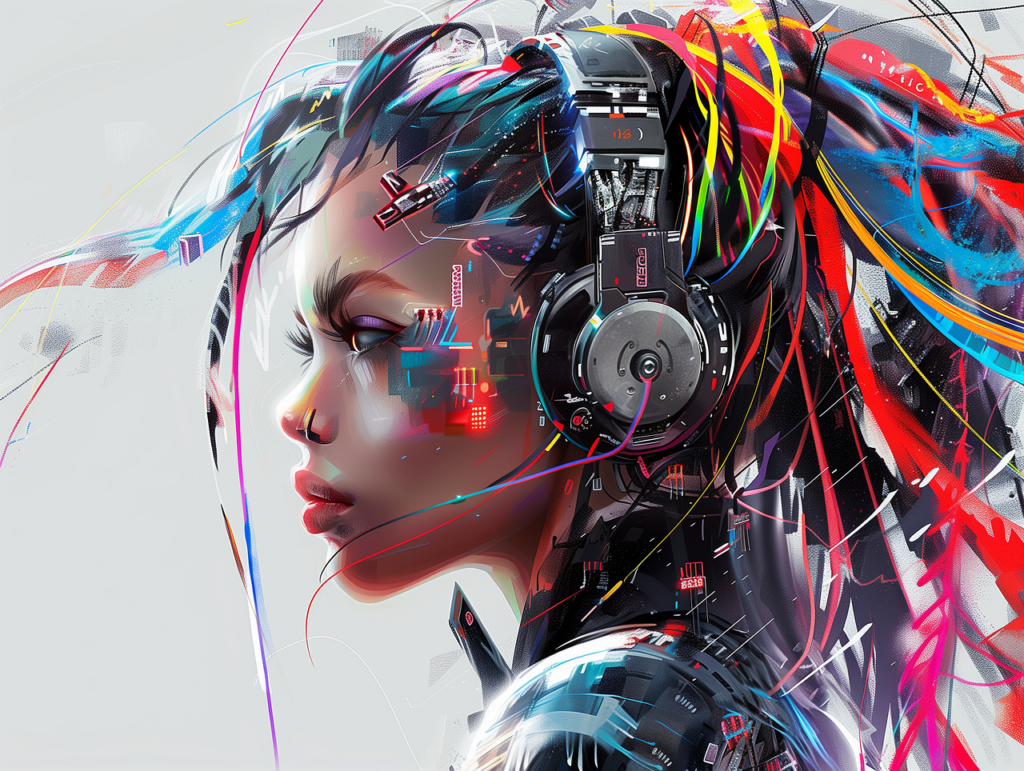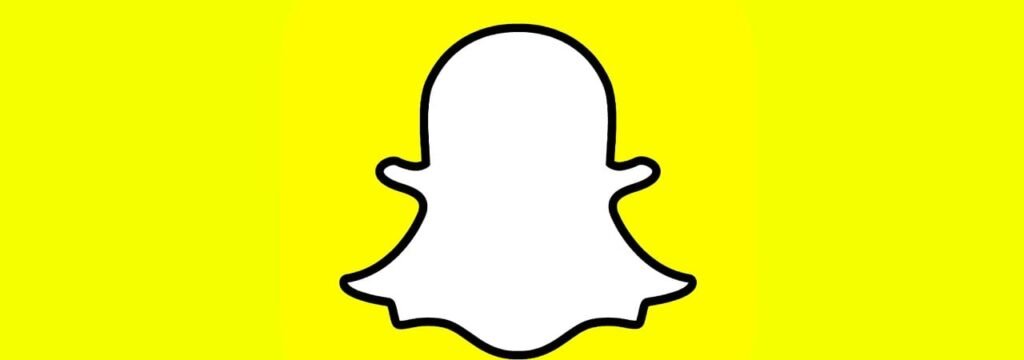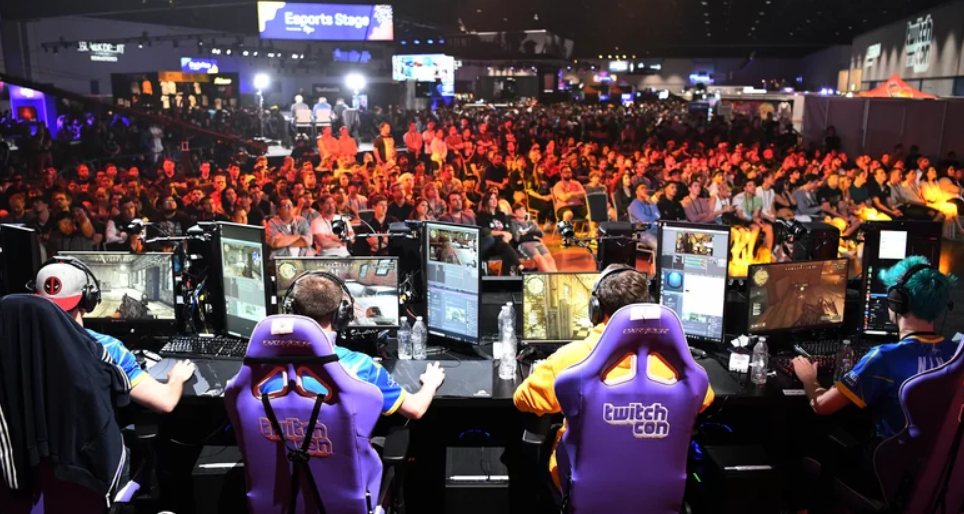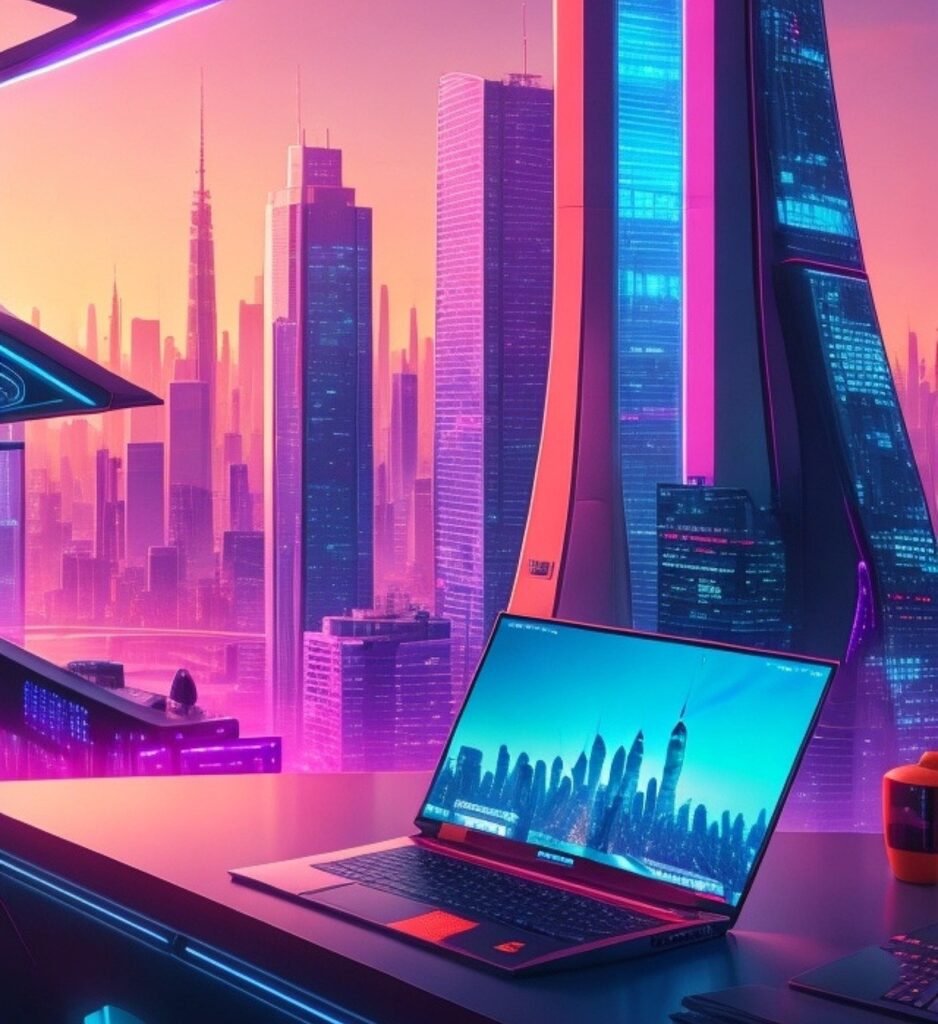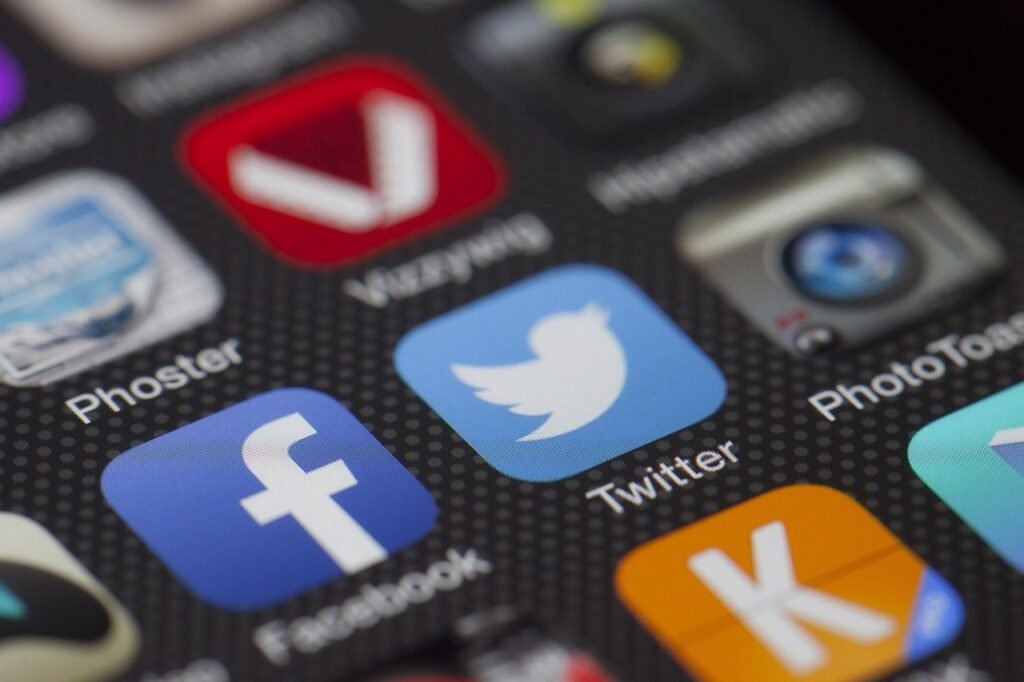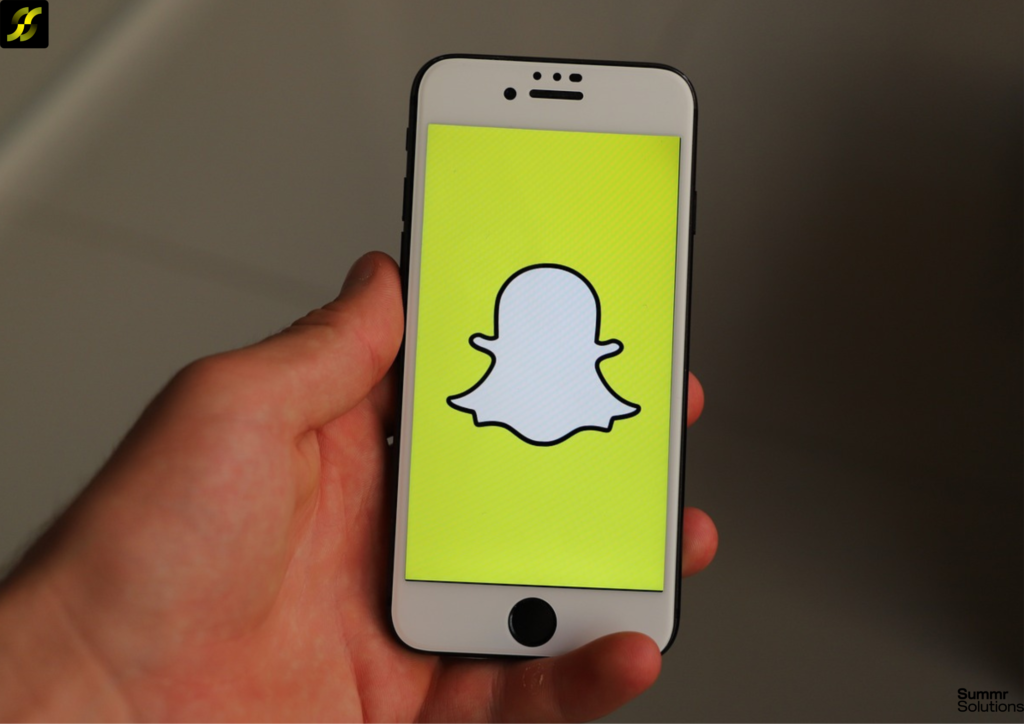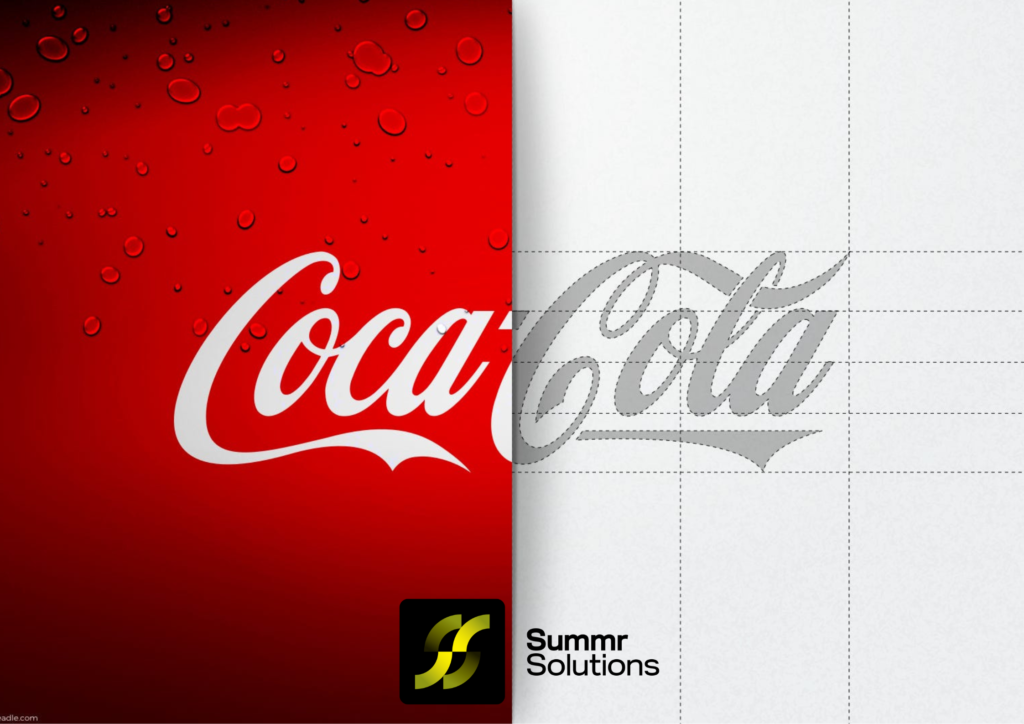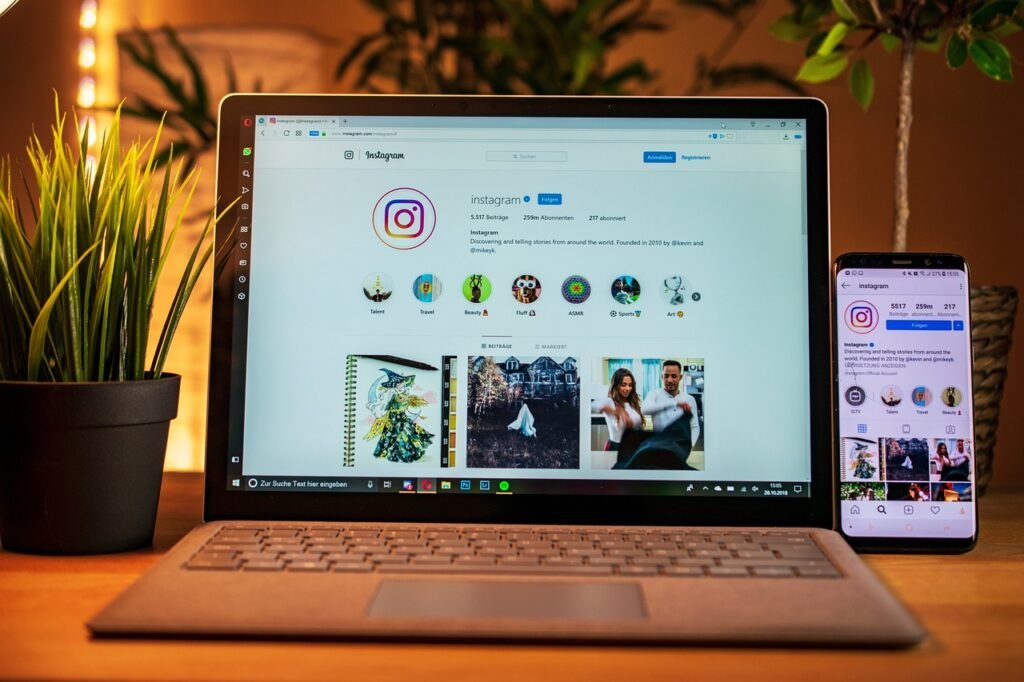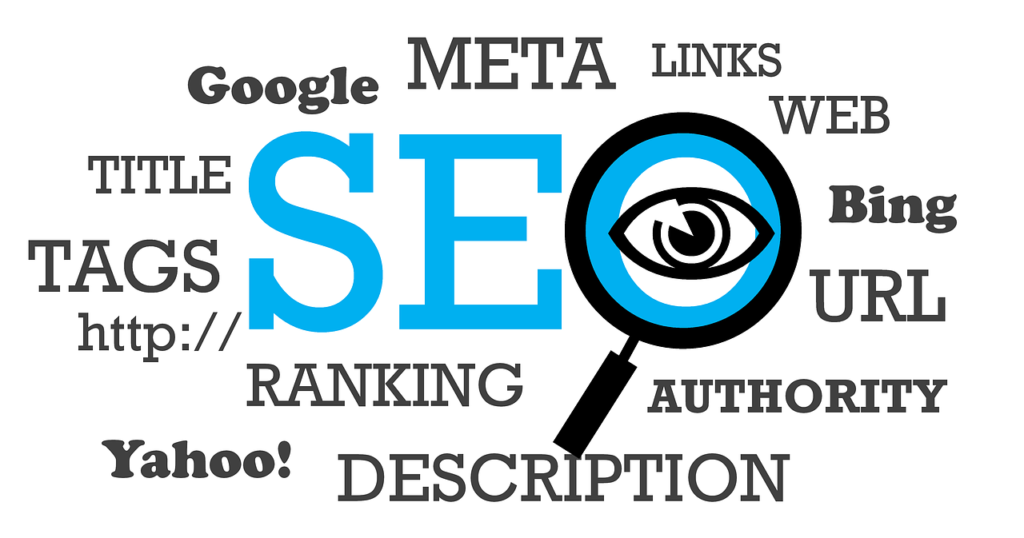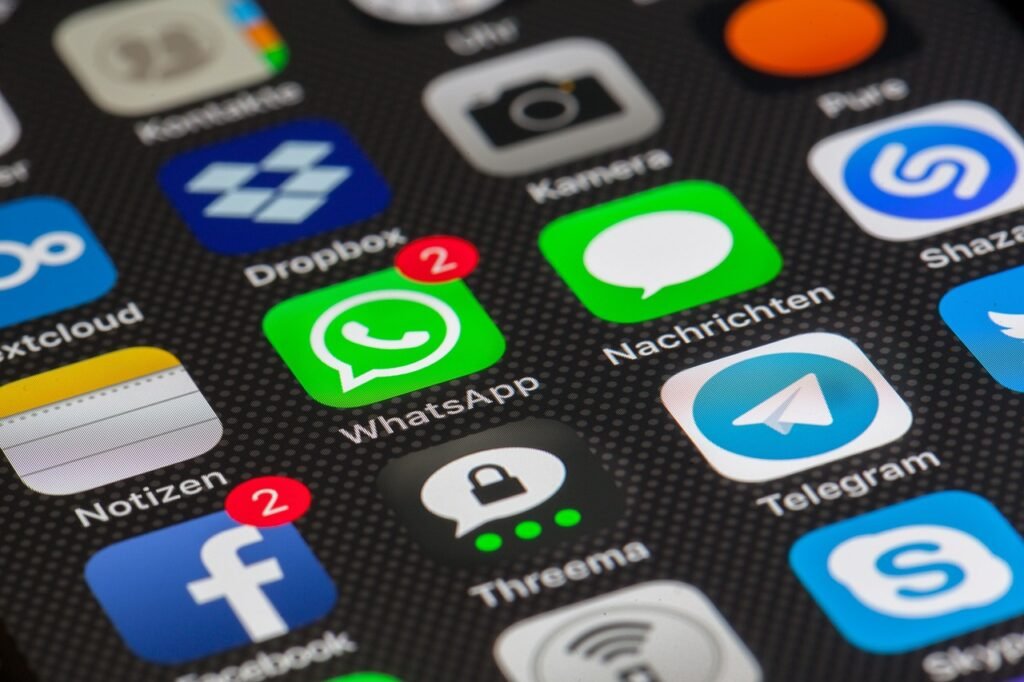Since its launch in 2011, Snapchat has taken the world by storm, becoming one of the most popular social media platforms, especially among younger generations. At the heart of Snapchat’s identity is its playful and quirky Snapchat logo, known as Ghostface Chillah. The ghost logo has become synonymous with the platform’s unique, disappearing-message feature and casual approach to social media communication.
But where did the ghost logo come from? What inspired its design? Let’s take a closer look at the fascinating history behind Snapchat’s logo and its evolution over the years.
The Beginning: How Snapchat Was Born
Snapchat was co-founded by Evan Spiegel, Bobby Murphy, and Reggie Brown at Stanford University. Initially called “Picaboo,” the app was intended to allow users to send photos that would disappear after being viewed. This concept of impermanence set Snapchat apart from other social media platforms where content is stored indefinitely.
The name Picaboo hinted at the idea of peeking and quickly disappearing, which would eventually inspire the ghost icon that has become so iconic today. However, as the app grew, the name was rebranded to Snapchat in 2012 to better represent the app’s focus on quick, spontaneous communication.
Ghostface Chillah: The Birth of the Ghost Logo
Snapchat’s ghost logo was designed by the platform’s co-founder, Evan Spiegel, and is affectionately known as Ghostface Chillah. The ghost image was hand-drawn by Spiegel in just a few minutes, reflecting Snapchat’s emphasis on quick, fun, and informal interactions.
The name Ghostface Chillah is a playful reference to the rapper Ghostface Killah from the Wu-Tang Clan, which resonated with Spiegel’s sense of humor and Snapchat’s lighthearted, youthful brand.
The ghost symbol was meant to capture the fleeting nature of the messages shared on the platform — they appear briefly, then vanish. This tied into the core functionality of Snapchat, where photos and messages disappear after being viewed. The ghost became the perfect mascot to represent the app’s whimsical and ephemeral approach to communication.
The Evolution of Snapchat’s Logo
Despite being born from a quick sketch, the ghost logo has remained central to Snapchat’s branding. However, like any successful brand, Snapchat has refined and updated the logo over the years while keeping its essence intact.
Here’s a breakdown of how the logo has evolved:
1. 2011: The Original Ghost
When Snapchat launched as “Picaboo,” the ghost logo was relatively simple. The ghost was outlined in a black, thick line and had a playful yet basic design. It had a mischievous grin and a slightly tilted posture, emphasizing the app’s fun, lighthearted appeal. This logo perfectly embodied the brand’s ethos of quick, disappearing messages with no need for permanence.
2. 2013: Simplifying the Design
As Snapchat began to grow rapidly in popularity, the team decided to update the logo to better suit their growing audience. In 2013, the ghost design was simplified. The black outline was removed, and the ghost’s expression became more abstract, allowing users to interpret the ghost’s face however they liked.
The simplification aligned with the clean and minimal design trends of the time, making the logo feel more modern and adaptable for various platforms and devices. This version of Ghostface Chillah became iconic, representing Snapchat’s bold and easy-to-recognize identity.
3. 2019: The Refined Ghost
Snapchat made another adjustment to the logo in 2019, this time focusing on refining its look for the mobile era. The ghost remained white, set against a bright yellow background, but the contours became smoother, and the ghost shape was given more subtle curves to make it visually more appealing.
The yellow background, which Snapchat introduced early on, became a signature part of the brand. Yellow symbolizes optimism, energy, and youthfulness, all of which align with Snapchat’s core user base and its playful nature. The ghost’s minimalistic expression further reinforces Snapchat’s flexibility as a platform that encourages creative expression.
The Symbolism Behind Snapchat’s Logo
Snapchat’s logo has a deeper meaning than just a ghost. It represents the core features and values of the app:
- Ephemerality: The ghost reflects the disappearing messages that are Snapchat’s hallmark. Just as ghosts appear and vanish, so do the snaps and chats on the app. This concept of temporary communication has defined Snapchat’s identity and differentiated it from other platforms.
- Playfulness: Snapchat was designed for fun, spontaneous interactions, and the ghost’s lighthearted, animated form perfectly embodies this playful spirit. The absence of strict facial features allows users to project their own emotions onto the logo, aligning it with the freeform nature of Snapchat.
- Youthfulness: The yellow background and quirky ghost design appeal to Snapchat’s younger audience. The bright, cheerful color and playful iconography make it instantly recognizable and approachable.
- Mystery: A ghost, by nature, is mysterious. Snapchat encourages discovery and surprise, with new features, filters, and lenses constantly being added. The ghost reflects the app’s evolving nature, where users never quite know what to expect when they open the app.
How Snapchat’s Logo Stands Out in a Competitive Market
In a crowded social media market where every platform is vying for attention, Snapchat’s logo stands out as one of the most memorable and unique. Here’s why:
1. Simplicity
While other social media platforms like Facebook, Instagram, and Twitter use more intricate icons and logos, Snapchat opted for a minimalist design. The ghost is easy to identify even from a small app icon, making it perfect for mobile users.
2. Color Choice
The bright yellow background is one of the most distinctive elements of Snapchat’s logo. In a sea of blue and white logos used by many tech companies, Snapchat’s yellow stands out immediately, giving it an edge in brand recognition.
3. Relatability
The abstract and featureless face of Ghostface Chillah allows users to personalize the logo in their minds. It’s a blank canvas where users can project their own emotions and interpretations, making it more relatable than a fixed, expression-laden icon.
The Future of Snapchat’s Logo
Snapchat’s ghost logo has come a long way since its early days, but it’s likely to remain a core part of the app’s identity for years to come. While the design may see further refinements to stay in tune with modern trends, the ghost will likely continue to represent Snapchat’s commitment to temporary, playful, and spontaneous communication.
As the app evolves with new features like augmented reality (AR) filters and video sharing, the ghost logo serves as a reminder of Snapchat’s roots — an app built on ephemerality and creativity.
Conclusion: The Legacy of Ghostface Chillah
The story of Snapchat’s logo is a testament to the power of a simple, well-thought-out design. From a quick sketch by the co-founder to an internationally recognized icon, Ghostface Chillah has helped shape Snapchat’s identity in an ever-changing social media landscape.
Looking to build a memorable logo for your brand? At Summr Solutions, we specialize in custom logo design services that capture the essence of your business. Let’s create a logo that tells your story just like Snapchat’s ghost does. Contact us today to get started!








